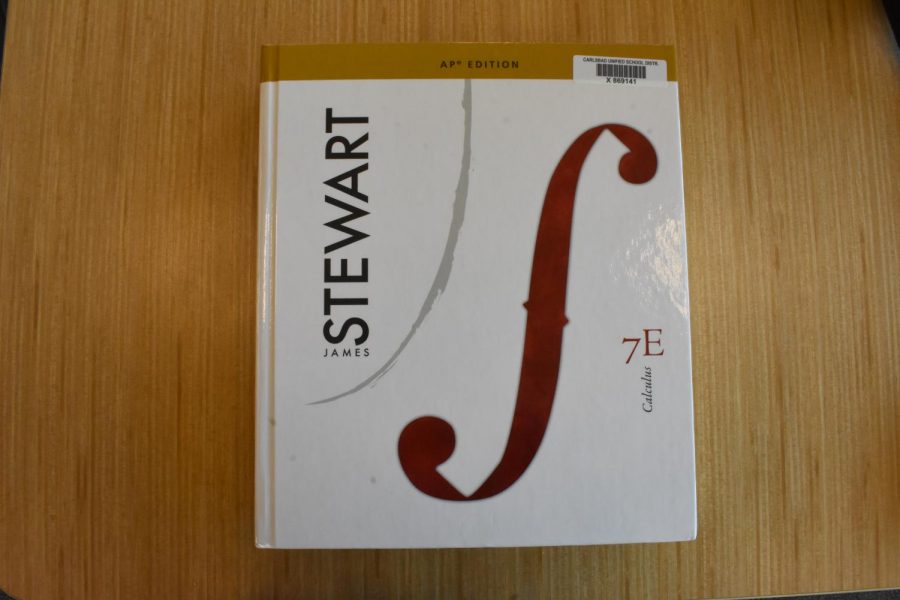Calculus 3
What would you say is the difficulty level of this class?
“It’s quite difficult. It’s heavy in terms of formula and you need to gain some spatial intuition to understand the subject. You need to be able to start representing things in three-dimension and get some kind of ease into visualizing things in your head, and try to make that bridge between the algebra—the computation—and the geometrical side. Then we look at higher dimensions that we can’t visualize. Unfortunately as humans, we can’t see fourth dimensions or five or more. There are tricks in Calc 3 that helps us gain some intuition as to what four dimensions mean. That would be the difficult part. In terms of difficulty in algebra, I would say it is the same difficulty as previous calculus courses. The main new element is you need to gain some spatial intuition.” (Rachid Atmai, teacher)
What is the workload like?
“In general, Calc 3 is a heavy duty subject, there is a lot to practice and memorize… [If]you work for and hour and ten minutes straight, your mind will get tired very quickly, especially when it is such a heavy-duty subject. In terms of specific workload, I assign some homework from time to time and I suggest… them to practice. I try to strike this balance between—I’m conscious that they have other courses, they’re seniors, it’s their last year they have some stress involved—a serious, rigorous course [and] also sometimes relaxing and letting go.” (Rachid Atmai, teacher)
What kind of student should take this class/Why would a student want to take this class?
“I would suggest this course for actually any student, whether scientifically-minded or artistically-minded. There’s a lot of very cool pictures to see. It may seem like mathematics is this weird subject, and it’s just all computational and science, but there is a lot of art going on. So, even artistically-minded students can take the course, I would be conscious that they may not have the same mathematical background as scientifically-oriented students, but it would still be a nice course to take. There is a lot of very nice art that can be done using mathematics.” (Rachid Atmai, teacher)
What kind of careers could this class lead to?
“Virtually everything. From high-level finance where high-level calculus is used, quantitative analysis to applications in engineering, so for engineering. There are applications to eye surgery, to economy applications and to of course physics with partial derivatives. Just about everything in physics to engineering to careers in finance and economy.” (Rachid Atmai, teacher)

